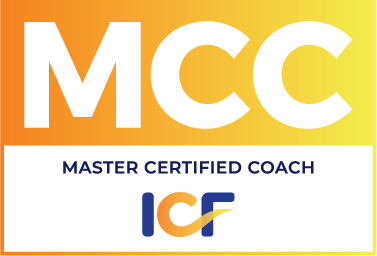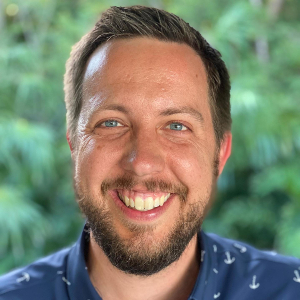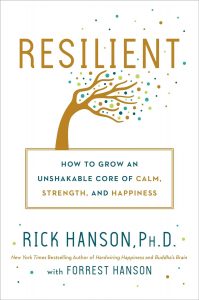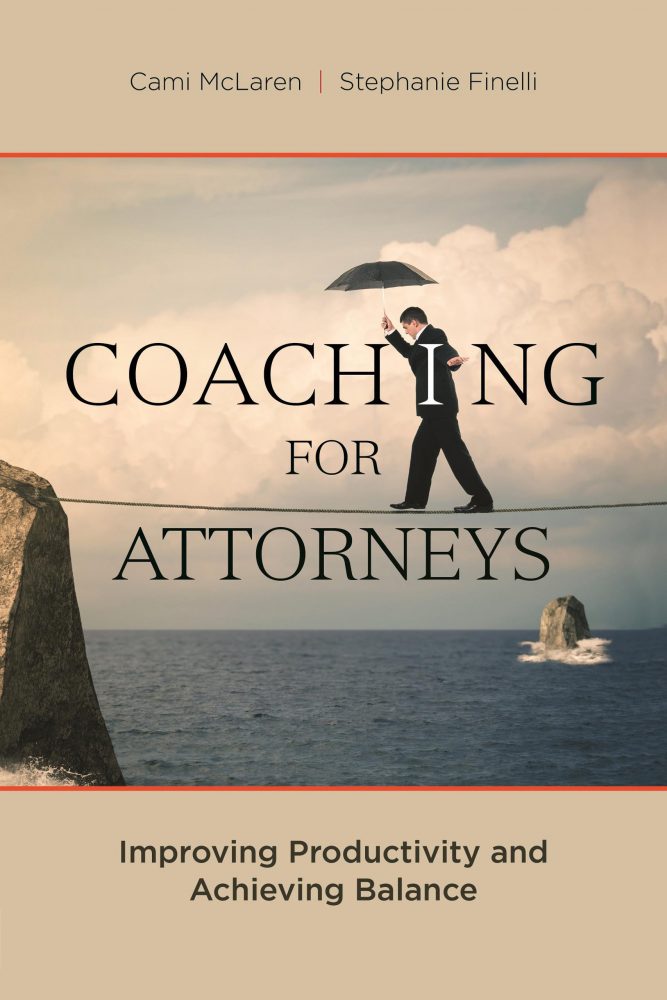Enrollment, Part IV – Ask
XY68UR6WSZMF
Continuing our series on the art of enrollment, this month we examine the practice of asking curious questions as a part of the enrollment process. To review, we define enrollment as a way of supporting another person by offering a product, service, or simply a solution; as a way of communicating with another person that inspires them to move forward with something they want by using something you have. Enrollment is a way to interact with others so that they want to work with you. (And again, I am indebted to Source Point Training Co. for introducing me to this concept.)
To recap the first three parts in this series, while enrollment is similar to selling, it is not the same thing. Enrollment is an important tool for attorneys and other professionals and can be utilized for many purposes: to bring in new clients or customers, to have employees want to perform your work/their work, and to make sure that your partners and business associates are on the same page with you, just to name a few. To get up to speed before reading this fourth installment on the topic, you may want to review parts I – III of this series, which you can find on my blog at www.mclarencoaching.com.
Enrollment in a nutshell:
| R apport – Create rapport, build trust.E ngage — Be genuinely interested and focused on the other person.
A sk — Ask questions to clarify the other person’s desired outcomes.
L isten – Listen closely for what is important to him or her.
I nternalize – Understand the other person and what she wants and needs before you explain what you have. Be sure what you are offering fits the need.
T each – Show the other person that what you are offering will lead to the outcome they desire.
Y es! – Gain commitment and action.
|
Remember that the first step, even before engaging in the enrollment process, is to ask yourself “what do I want to enroll this person IN?”
John Smith is an attorney. He meets George at a business mixer. George has some legal issues that John believes he can help with so they set a meeting. (While I use the attorney example, these principles apply for whatever business you are in.) The first pre-meeting question John asks himself is “what do I want to enroll George in?” John has to consider, do I want to enroll him in becoming a paying client? Or is he a good referral source for me? Maybe I want to partner with him in some other way? Maybe John doesn’t have enough information and will ask questions to find out more about George and his needs to see if he might enroll George in something that is mutually beneficial for them both. This pre-meeting question helps John to be more intentional about what he says and does.
John decides he wants to enroll George in becoming a client. As we know, his first steps will be to gain rapport, and make sure he is fully engaged in the conversation. Then he gets to the important step called “ASK questions to clarify the other person’s desired outcomes.”
Obviously, there are many different types of questions one can ask. What type of questions are best in this conversation? Enrollment questions are curious questions. You may think all questions are curious questions. They aren’t. Often (especially in trying to sell something) we are not curious at all because we have an agenda – to sell – and we only ask questions to get to the result we are after.
Be very curious. This can be challenging to learn because we are not talking about acting curious or pretending to be curious. You have to start with actual curiosity – the mindset – in order to discover the truly curious questions to ask. Tips on generating curiosity in yourself:
- Ask yourself “what can I learn from this person?” Then ask questions to educate yourself.
- If you believe you already understand the situation, ask more questions. We usually think we understand where people are coming from. This is typically not true. Ask a lot of questions and really listen to the answers before deciding you understand.
- Follow up on answers given. For example, if you say, “what is your line of work?” and he says, “I am a GM for an investment firm,” rather than saying, “Oh, that sounds interesting,” say “what do you do for them?” “How long have you been with them?” “What is your favorite thing about the job?” You will be amazed how much information you can get this way; and it will make you be and feel more curious.
- Ask open-ended questions. These are questions that ask for a narrative rather than a “yes” or “no” answer. “What do you like best about your job?” vs. “Do you like your job?” “What are your concerns about the situation?” vs. “Are you nervous about it?” Open questions seek information. Closed questions tend not to reveal much.
Note these questions do not necessarily aim toward enrolling George as a client. They are directed toward learning about him; being genuinely interested in him, which builds rapport and will ultimately give John the information he is after.
Once John has begun to really engage him, and learned a little about George, John can begin to ask about George’s legal troubles. But again, John must stay in a very curious frame of mind, not trying to direct the conversation toward George hiring John. At this point, when they are talking about the real issue, John should listen closely and continue asking questions in a curious frame of mind. Once John has learned what the general issue is, he should ask questions such as:
- “What are you most concerned about?”
- “What would be a good outcome for you?”
- “How long has this been going on?”
- “How quickly to you expect to get it resolved?”
- “What different ways have you considered to resolve this issue?”
There is a twofold purpose here: (1) George will feel heard and that his issues matter to John; and (2) John will get the information he needs to enroll George in becoming his client. At this point, however, he must continue to be curious. This is not yet the time to tell George what a great attorney John is or how he can help. At this point, John just wants to learn about the issues and what is most important to George and the outcomes George wants. Often we will hear something from a potential client and assume we know what they want. We interpret through our own filter of what we would want, what other clients in the past have wanted or what we think he should want. The interpretation keeps us from really listening. This is why we ask questions – to stop interpreting (to the extent possible) and really listen. LISTEN will be next month’s topic.
For now, your homework is to begin asking curious open-ended questions. Do it with everyone you meet. See what you can learn.
______________________
“Many of the world’s most admired corporations, from GE to Goldman Sachs, invest in coaching. Annual spending on coaching in the U.S. is estimated at roughly $1 billion.”
–Harvard Business Review
________________________
This month I have improved both my website and my newsletter. I am grateful to the people who gave me feedback and advice to implement these changes. Check out my website’s new look: http://www.mclarencoaching.com/







